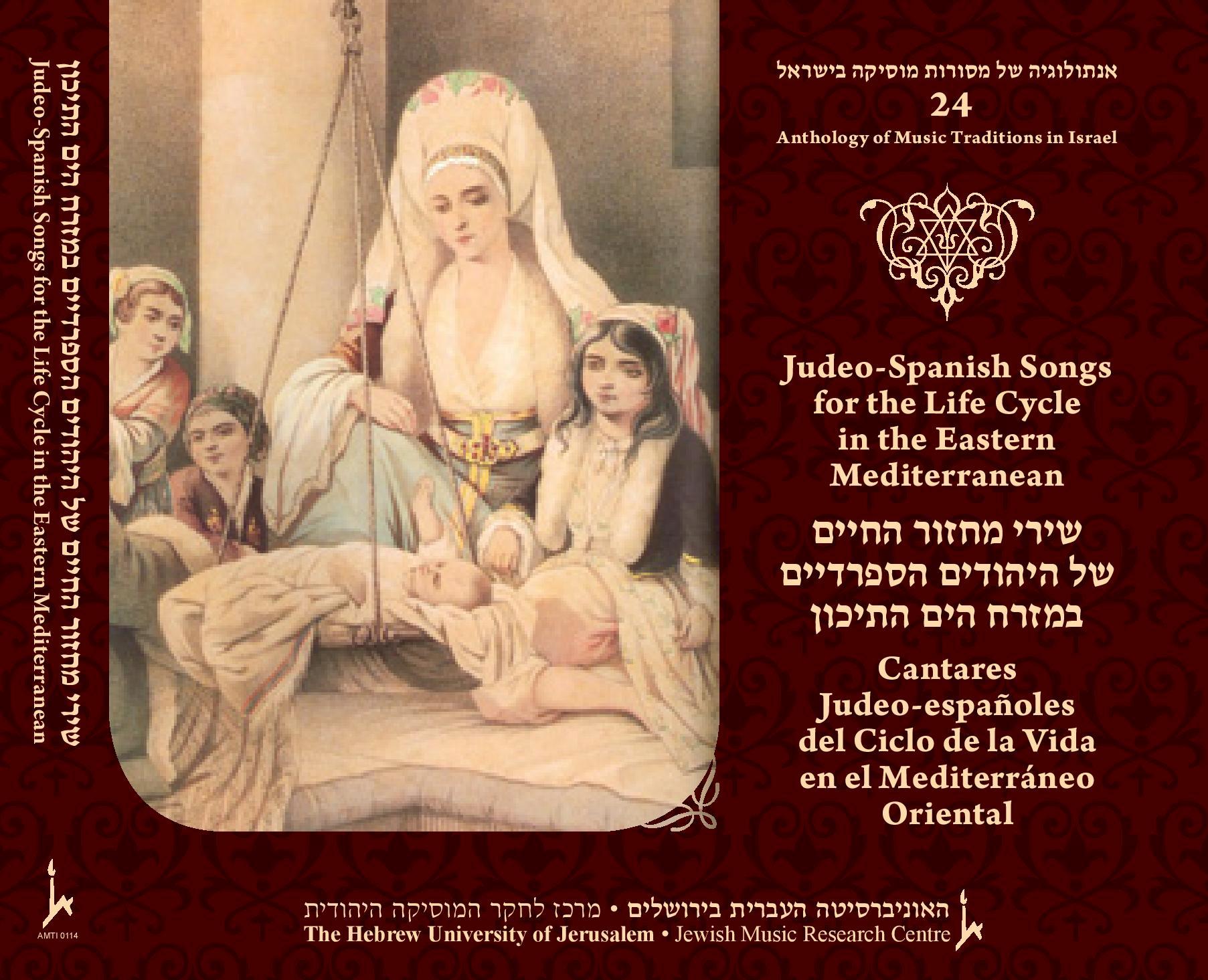Josepo Burgana (Izmir)
7–9. Las prendas de la novia
We include in this collection three versions of this complex accumulative song drawing on ancient literary motifs. Each strophe introduces a new simile describing each part of the bride’s body and then all the former similes are repeated in inverse order. The first version comes from Izmir. “This is what our bride says: How do you call this head? This is not called head, but wide fields. To my wide fields, let the bride rejoice with the groom. This is what our bride says: How do you call this hair? Those are not called hair but golden threads to weave, to my golden threads to weave, to my wide fields. Let the bride rejoice with the groom.” In subsequent verses, the forehead is a shining sword, the eyebrows are bows to shoot, the eyes are almonds to eat, and the cheeks are apples. Each strophe closes with the blessing, “Let the bride and groom rejoice!” The next version, from Rhodes, has the same structure, however some similes are different; the head is an orange, the eyes are balconies, the cheeks are marzipan sweets, the nose is a writing feather, the teeth are pearls to string, the mouth is an oven, and the tong is a shovel for the oven. The refrain after each strophe: “Long live the bride and groom!” The third version, from the Silivriya tradition, is similar, however, each strophe opens with, “Let the bride tell us…”




